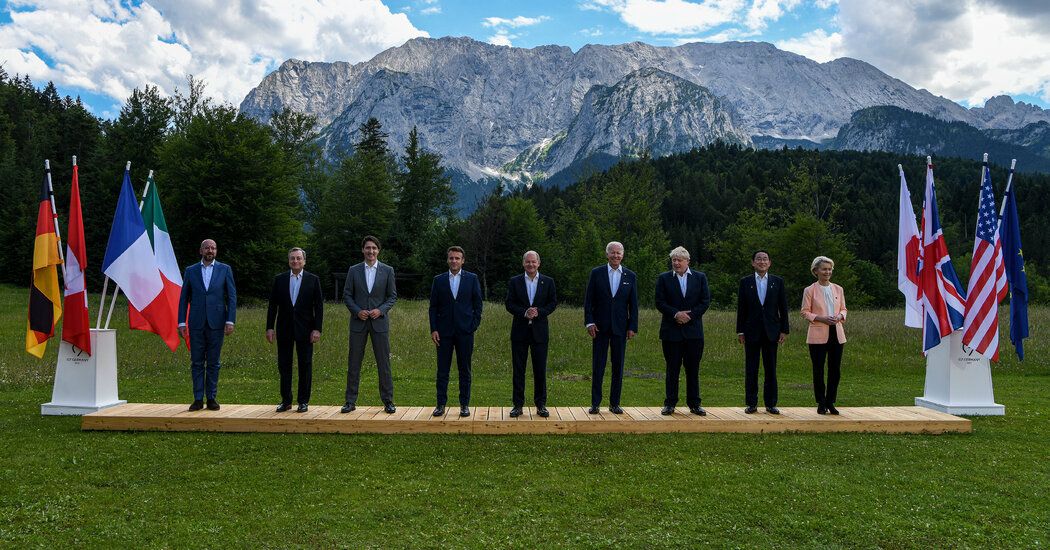How the G7 Oil Price Cap Has Helped Choke Revenue to Russia
Data from Russia and international agencies suggest Moscow’s revenues have dropped, forcing budget choices that administration officials say could be starting to hamper its war effort. Drivers in America and elsewhere are paying far less at the gasoline pump than some analysts feared.
Russia’s oil revenues in March were down 43 percent from a year earlier, the International Energy Agency reported last month, even though its total export sales volume had grown. This week, the agency reported that Russian revenues had rebounded slightly but were still down 27 percent from a year ago. The government’s tax receipts from the oil and gas sectors were down by nearly two-thirds from a year ago.
Russian officials have been forced to change how they tax oil production in an apparent bid to make up for some of the lost revenues. They also appear to be spending government money to try to start building their own network of ships, insurance companies and other essentials of the oil trade, an effort that European and American officials say is a clear sign of success.
“The Russian price cap is working, and working extremely well,” Wally Adeyemo, the deputy Treasury secretary, said in an interview. “The money that they’re spending on building up this ecosystem to support their energy trade is money they can’t spend on building missiles or buying tanks. And what we’re going to continue to do is force Russia to have these types of hard choices.”
Some analysts doubt the plan is working nearly as well as administration officials claim, at least when it comes to revenues. They say the most frequently cited data on the prices that Russia receives for its exported oil is unreliable. And they say other data, like customs reports from India, suggests Russian officials may be employing elaborate deception measures to evade the cap and sell crude at prices well above its limit.
Source: The New York Times


